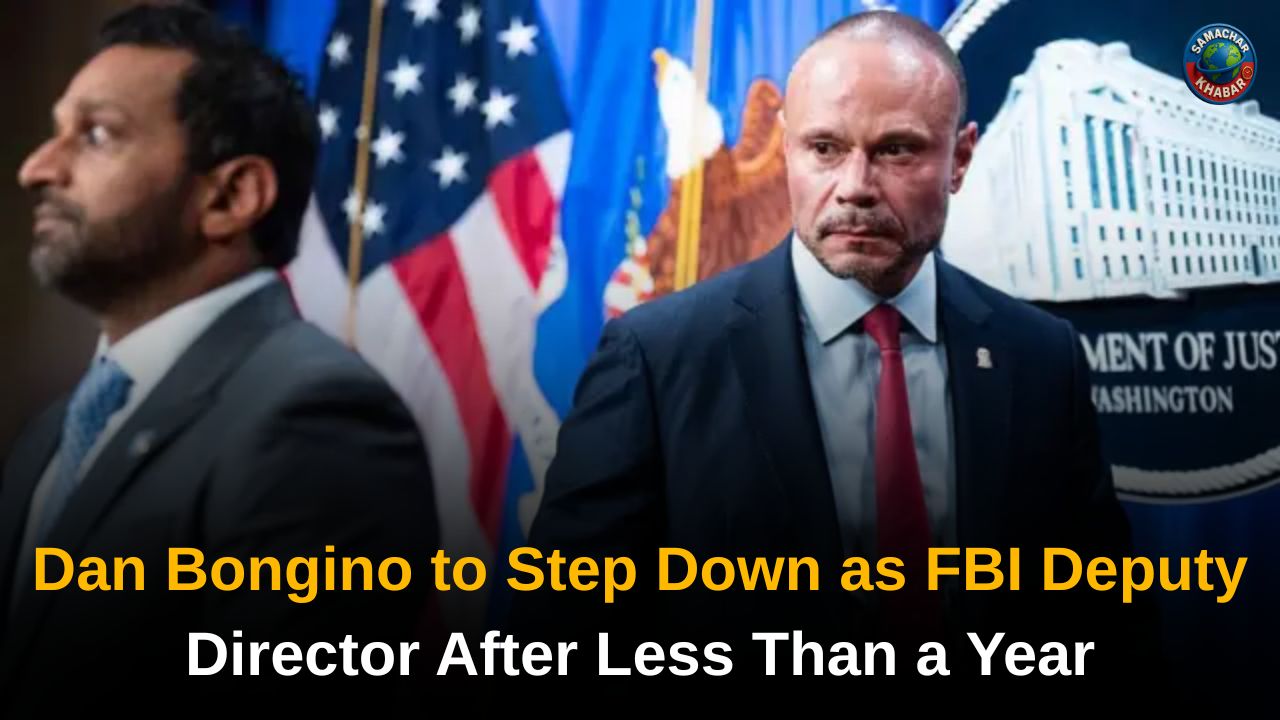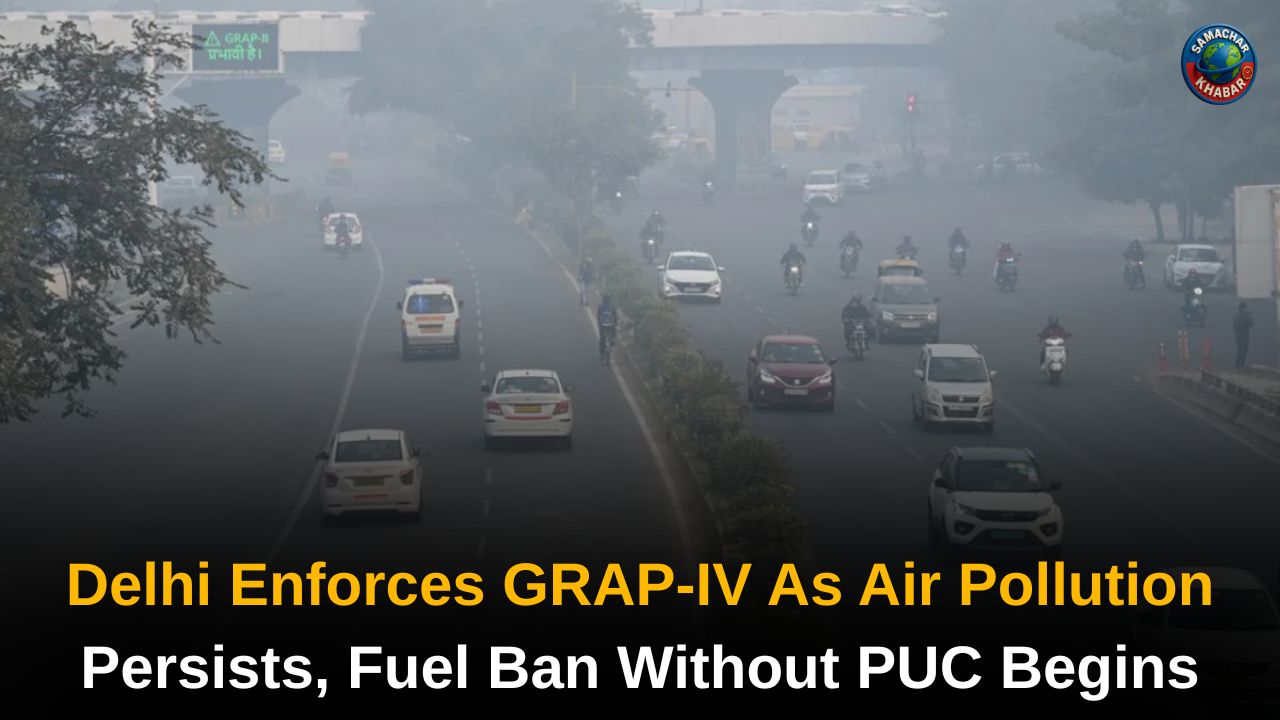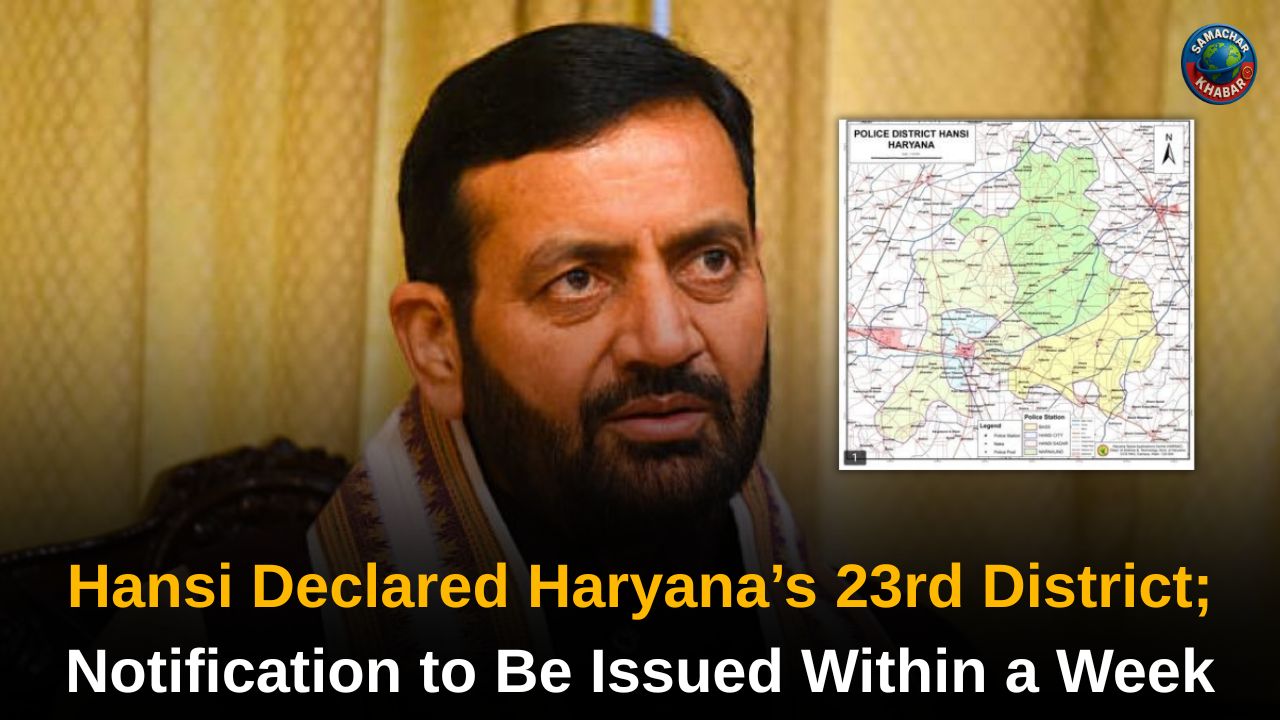Delhi Pollution Protest: New Delhi witnessed an unprecedented clash on Sunday evening as a peaceful demonstration against toxic air at India Gate’s C-Hexagon spiralled into violence. Protesters not only blocked traffic but allegedly used chilli spray on police personnel attempting to clear the area, leaving several officers injured.
The situation escalated further when posters of slain Maoist commander Madvi Hidma surfaced in the crowd, turning the civic protest into a politically charged flashpoint. With 15–20 detentions, an FIR, and a deeper probe now underway, the incident has intensified the debate over Delhi’s alarming air quality and the growing frustration among citizens.
Key Takeaways: Escalation of the Delhi Air Pollution Protest at India Gate
- Protest over Delhi’s toxic air turned violent, with agitators allegedly using chilli/pepper spray on police officers.
- Posters and slogans supporting Maoist figure Madvi Hidma surfaced, prompting political controversy and a police investigation.
- 15–20 protesters detained; FIR registered for assault, road obstruction and hindering public servants.
- Police say ambulances and medical staff were blocked, forcing immediate intervention.
- Organisers accuse authorities of “cosmetic measures” and ignoring root causes of severe pollution.
- AQI hovered between ‘very poor’ and ‘severe’, with stations in Delhi and Noida recording above 400.
How a Pollution Protest Turned Chaotic Within Minutes
What began as an organised demonstration by the Delhi Coordination Committee for Clean Air quickly transformed into one of the most intense civic confrontations New Delhi has witnessed this season. Scores of protesters assembled at India Gate to raise concerns about Delhi’s worsening air quality, which had plunged into the “very poor” and “severe” categories for days.
The group sat at the C-Hexagon stretch—an area critical for traffic movement—despite repeated warnings from police about emergency vehicles being stuck. The tension escalated when demonstrators allegedly refused to clear the path, resulting in a standoff that soon became violent.
Pepper Spray Attack on Police Stuns Authorities
According to senior officials, the situation changed drastically when officers attempted to remove the protesters to clear the blocked lanes.
Also Read: GRAP-3 Enforced in Delhi-NCR as Air Quality Turns ‘Severe’ and Restrictions Tighten
Police say the group broke barricades, moved onto the road, and sat down despite emergency appeals. During the removal, several protesters allegedly attacked police personnel using chilli spray directly on their eyes and faces.
Deputy Commissioner of Police (New Delhi), Devesh Kumar Mahla, termed the attack “highly unusual”:
“For the first time, protestors used pepper spray on officers managing traffic and law and order. Several officers had to be taken to RML Hospital.”
Three to four injured personnel are currently undergoing treatment. Authorities confirmed that a criminal case was filed under sections relating to assault and obstruction of government work.
Maoist Posters Trigger Political Firestorm
The episode took a dramatic turn when posters of Madvi Hidma, a top Maoist commander killed in an Andhra Pradesh encounter on November 18, appeared at the protest. Viral visuals show a protester holding a sketch poster of Hidma with a message connecting forest struggles with environmental resistance.
Slogans such as “Madvi Hidma Amar Rahe” were also reportedly raised, drawing immediate political reaction.
Delhi Development Minister Kapil Mishra condemned the incident, saying the protest had been infiltrated by “Naxalite ideology” disguised as environmental activism. He referred to the police response as a “befitting action.”
Police have confirmed that those raising Maoist slogans or carrying posters will be identified and action will be taken accordingly.
Who Was Madvi Hidma? (Context Referenced by Protesters)
To understand the sudden political turn of the protest, it is important to note who Hidma was:
| Detail | Information |
| Name | Madvi Hidma |
| Born | 1981, Sukma (Chhattisgarh) |
| Organisation | CPI (Maoist), People’s Liberation Guerrilla Army |
| Position | Youngest member of Central Committee |
| Bounty | ₹50 lakh |
| Major Incidents Linked | 2010 Dantewada attack (76 CRPF personnel killed), 2013 Jhiram Ghati ambush (27 killed), 2021 Sukma-Bijapur attack (22 personnel killed) |
| Death | Killed in encounter, Nov 18, Andhra Pradesh |
His posters appearing at a pollution protest raised serious questions about the intent and planning behind the demonstration.
Organisers Blame Government ‘Cosmetic Measures’ for Air Crisis
The Delhi Coordination Committee for Clean Air released a strong statement criticising the government’s response to Delhi’s air emergency. According to them:
- Air quality has remained “severe”
- Authorities rely on temporary measures such as water sprinklers and cloud seeding
- Long-term solutions to pollution sources remain missing
- Development models involving mining, forest clearance, and rapid infrastructure expansion are worsening environmental conditions
The group added:
“When the state makes the air itself poisonous, people must raise their voices for survival.”
They also accused authorities of suppressing dissent, detaining activists, and responding to public-health concerns with restrictions rather than reform.
Why the Location Became a Flashpoint
Police cited a Supreme Court order designating Jantar Mantar, not India Gate, as the legal site for protests in Delhi. The high-traffic area around India Gate, especially the C-Hexagon, forms a critical corridor for emergency response vehicles.
Also Read: PAU Student Protest 2025: Indefinite Strike for Agri Jobs Rocks Punjab Amid Kisan Mela Triumph
Officials said ambulances and medical personnel were stuck for several minutes due to the protest blocking the route, prompting an urgent clearance operation.
Delhi’s Air Quality Paints an Alarming Picture
The protest unfolded during one of the season’s worst pollution phases:
- Delhi AQI: Around 391 — Very Poor, on the brink of Severe
- Noida AQI: 413 — Severe
- 20 of 39 Delhi monitoring stations recorded Severe air quality
- IMD noted humidity at 68%, minimum temperature of 10.4°C
- Moderate fog predicted for the next morning
The Air Quality Early Warning System warned that Delhi would remain in the “very poor” category through mid-week.
Legal Action and Investigation Underway
Police have detained between 15 and 20 individuals and filed an FIR for:
- Assault on police officers
- Obstructing government duty
- Blocking roads
- Violating designated protest rules
A deeper probe will also examine how Maoist-linked posters entered the demonstration and whether any organised group orchestrated their circulation.
Spiritual Insight: Saint Rampal Ji Maharaj Ji’s Path of Peaceful Reform
The teachings of Saint Rampal Ji Maharaj highlight that genuine societal change begins with calmness, truthfulness, and inner discipline. His spiritual path urges people to address issues like pollution and injustice through lawful, peaceful, and constructive action rather than anger or confrontation.
Followers emphasize that his unique knowledge inspires compassion, responsibility, and harmony, guiding society away from violence and toward thoughtful solutions. According to this perspective, environmental protection and public welfare can be achieved only when citizens and authorities work together with honesty, non-violence, and moral commitment.
What This Incident Reveals About Delhi’s Deepening Air Crisis
The violent turn at India Gate underscores the growing frustration of residents whose daily lives are disrupted by choking air. While protesters argue that the government has failed to address root causes, the presence of radical symbolism and pepper-spray violence raises serious concerns about the hijacking of civic activism.
The incident reflects a widening gap between urgency felt by citizens and the preparedness of authorities to resolve a long-standing environmental emergency.
FAQs on Delhi Pollution Protest at India Gate
1. Why did the Delhi pollution protest at India Gate turn violent?
The protest turned violent after some demonstrators allegedly used chilli spray on police while being removed for blocking traffic and refusing to vacate the C-Hexagon area.
2. Why were Maoist Hidma posters seen during the Delhi pollution protest?
Posters of slain Maoist commander Madvi Hidma surfaced unexpectedly, prompting police to investigate whether an organised group introduced them during the environmental protest.
3. How many people were detained in the India Gate pollution protest?
Police detained around 15–20 protesters for assault, blocking roads, and obstructing government work. An FIR has been registered for multiple offences.
4. What injuries did the police sustain during the India Gate protest?
Three to four police personnel suffered eye and facial injuries after protesters allegedly used chilli or pepper spray. They were admitted to RML Hospital.
5. What were the protesters demanding during the Delhi pollution agitation?
Protesters demanded long-term solutions to Delhi’s severe pollution, criticising the government’s “cosmetic measures” like sprinklers and cloud seeding, and urging action on root environmental issues.

















